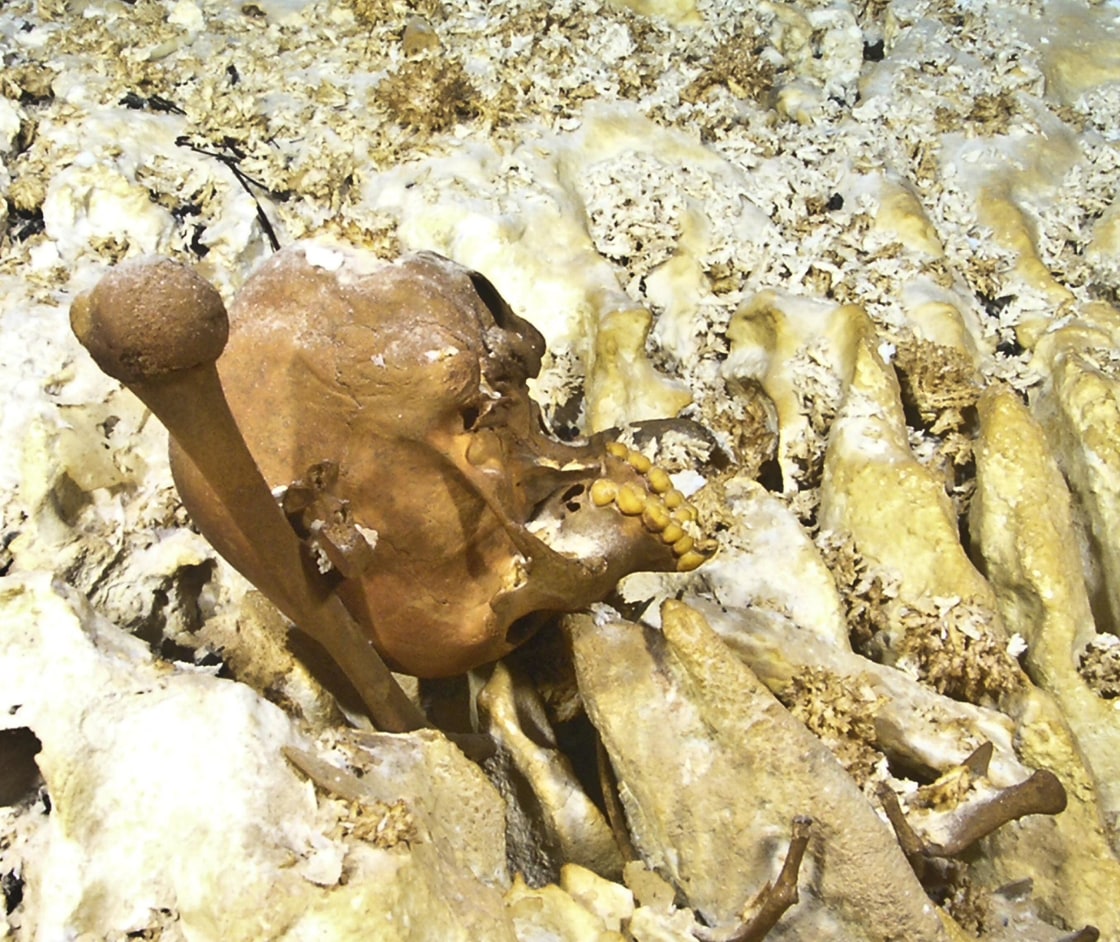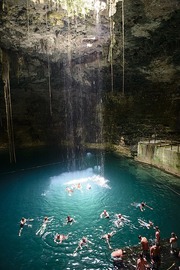Naia – Oldest Native American Facial Reconstruction
"Naia, named affectionately for the ancient water nymphs of Greek mythology is actually the face of the oldest Native American. At least, the oldest one whose skull is complete and whose face we can reconstruct. Naia was a teenager when she died between 12,000 and 13,000 years ago by falling into a cave in the Yukatan. In 2007, her remains were found in a submerged cavern, and history was about to be made, after waiting some 12,000+ years."
"A scientific team would study her remains, sample her DNA and reconstruct her face. The January 2015 issue of National Geographic magazine has an absolutely wonderful article and the online magazine version does as well."
One of the unexpected findings was how different Naia looks than what we would have expected based on what Native people look like today. She had a more African and Polynesian facial structure than later Native people, and she was much smaller.
The article is behind a paywall, but the abstract is as follows:
Abstract:
"Because of differences in craniofacial morphology and dentition between the earliest American skeletons and modern Native Americans, separate origins have been postulated for them, despite genetic evidence to the contrary. We describe a near-complete human skeleton with an intact cranium and preserved DNA found with extinct fauna in a submerged cave on Mexico’s Yucatan Peninsula. This skeleton dates to between 13,000 and 12,000 calendar years ago and has Paleoamerican craniofacial characteristics and a Beringian-derived mitochondrial DNA (mtDNA) haplogroup (D1). Thus, the differences between Paleoamericans and Native Americans probably resulted from in situ evolution rather than separate ancestry."
(READ MORE)







